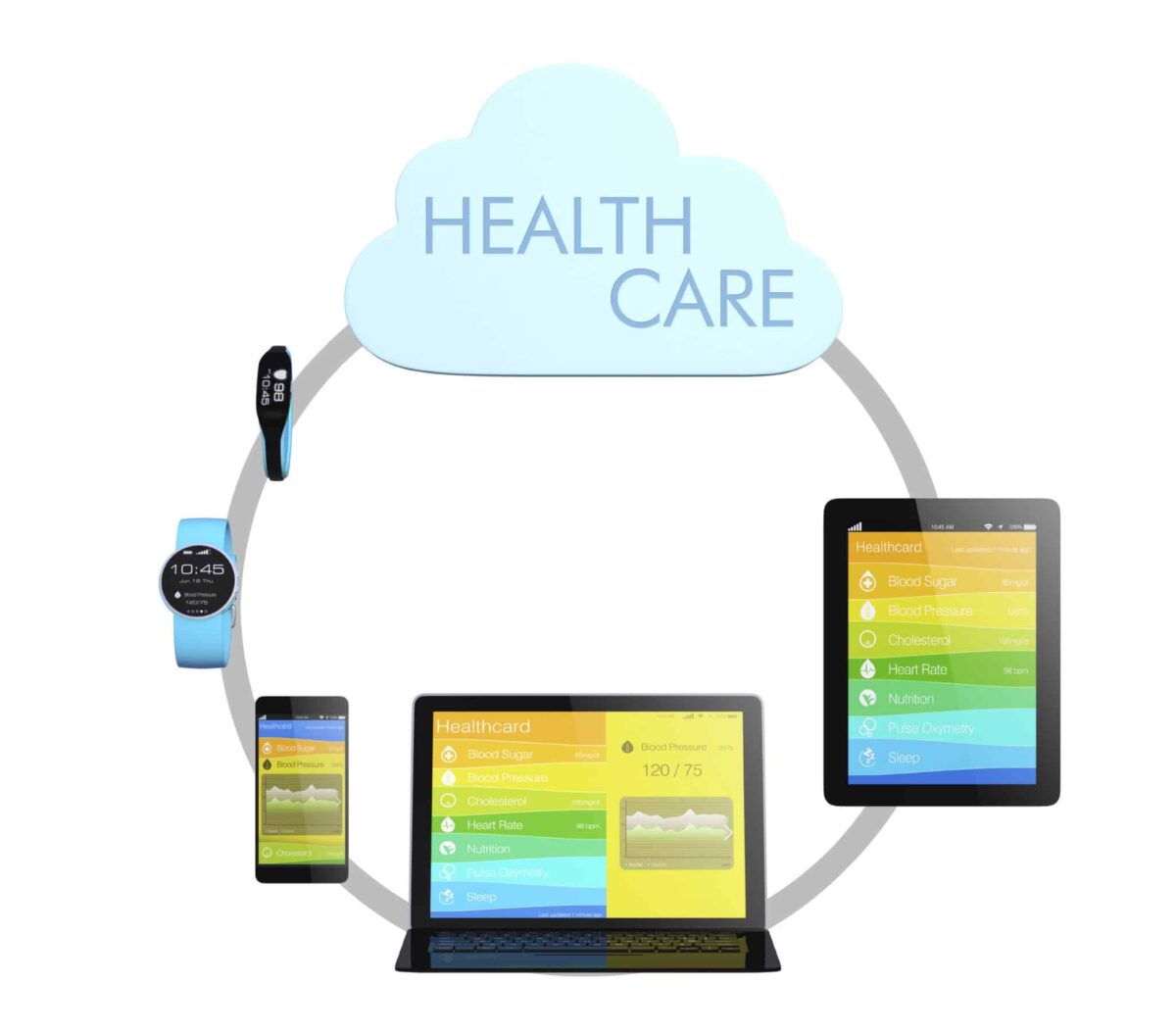Reading Time: 2 minutes
The notion that Healthcare is a mature industry, but still requires a lot of education in the technology space, was reinforced after returning from one of the largest technology conferences in the country – Dreamforce. There has been an immense focus within the Healthcare and Life Sciences space on cloud technology, yet despite improved adoption, it appears major barriers still exist.
One of of the main reasons? Let’s call it semantics.
The issues with semantics appears in two main forms. First off, in regards to technology categorization.
Salesforce is a great example. 150,000 people attended the Dreamforce conference, not to mention the thousands of companies and partners operating on the platform, yet I can say confidently that a majority of Healthcare Technology professionals still consider Salesforce as just CRM. Although organizations can use Salesforce solely as a CRM, it’s actually a robust platform. A platform that provides a cloud infrastructure to automate processes and workflows, build applications, and rapidly deploy mobile components, while also providing a framework to facilitate the necessary touchpoints with clients/customers.
Why bring this up? Salesforce, like other platforms, has the capacity to transform Healthcare but often the conversations get stalled in the minutiae of what “category” of technology an organization wants, before discussing capabilities and solutions. If we can establish an accurate baseline of knowledge across the Healthcare industry as to what platforms and applications do what, this will help push the conversation forward. This includes halting the implementation of technology that further compounds ongoing issues such as interoperability, lack of agility, and reduced flexibility.
The second area of semantics in which Healthcare struggles is solution buzzwords:
- Wellness
- Care Coordination
- Patient Lifecycle Management
- Population Health
The issue here is two fold. Not only are there multiple definitions of the same word (that vary drastically in complexity), but often technology offerings are being marketed as providing solutions for these buzzwords, but they do not.
So what are some good definitions? Wellness is a good one to tackle. There are many applications that have been recently released that state they are “wellness platforms” when in reality they allow the user to track physical activity and potentially compete with others. Don’t get me wrong, there is value there. The issue is when you brand solutions as “wellness” that actually only address a small sub-set of the true definition, it sets an inappropriate expectation and waters-down the messaging; at times even over simplifying it.
Wellness is actually quite complex. A true wellness offering is a unique combination of technology, content, assessments, processes, interactions, and a plethora of other personalized approaches and strategies to ultimately change one’s behavior so they live a “Healthy” life. Changing behavior is a key component of this, not just tracking behavior. It doesn’t stop there as a “Healthy” life must occur on multiple levels, potentially including emotional, physical, social, spiritual, environmental, intellectual, and occupational health. Further, wellness programs may be delivered through multiple vehicles such as by a hospital, insurance company, employer, or community based organization which changes the model.
So where does this leave us? The technology to transform Healthcare is available, or in the extremely near term backlog. However, we must ensure that the landscape is easily navigable so that solutions have the appropriate names and technologies are categorized appropriately.
Learn more about our Salesforce solutions for healthcare.



